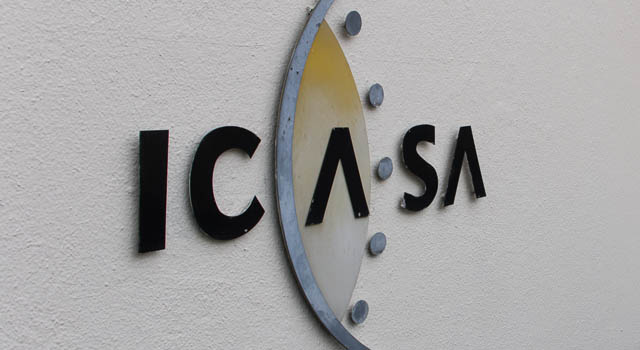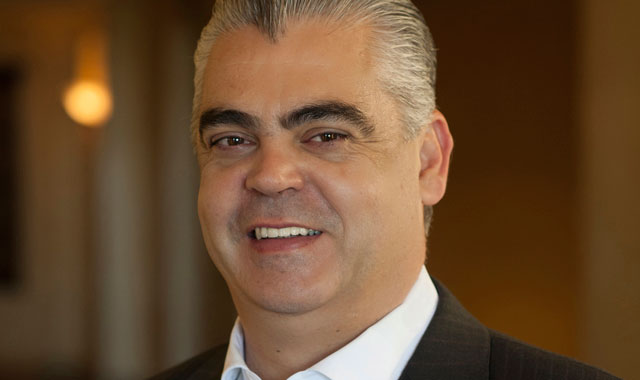
The Independent Communications Authority of South Africa (Icasa) has defended itself against stinging criticism from Cell C, which last year accused the regulator of making a “dramatic U-turn” in wholesale inter-network call rates.
When Icasa published its latest call termination rate regulations in September 2014, Cell C CEO Jose Dos Santos accused the authority of “completely eliminating any pro-competitive remedy” when it reduced the level of “asymmetry” in the call rates enjoyed by smaller operators.
Call termination rates are the fees operators are allowed to charge each other to carry calls between their networks. Asymmetry refers to a deliberate regulatory skew in those rates that benefits operators with less than 20% market share by revenue. This includes Cell C.
But the operator was not impressed with the September 2014 changes, with Icasa slashing the very favourable rates that smaller operators received from bigger rivals Vodacom and MTN from well over 100% to 50% from 1 October 2014, with further reductions to follow from 2015.
“Icasa is now only proposing a marginal cost recovery, which is not, in terms of many international benchmarks and literature, the basis on which asymmetry is determined,” Dos Santos said at the time the regulations were gazetted.
The company then lodged an application at the high court in Johannesburg to obtain a copy of the record leading to Icasa’s decision to promulgate the regulations. The company says it hasn’t abandoned this legal action and is still studying the documentation it has received.
“The massive proposed reduction in asymmetry completely eliminates any pro-competitive remedy,” Dos Santos said at the time. “Icasa is now only proposing a marginal cost recovery, which is not, in terms of many international benchmarks and literature, the basis on which asymmetry is determined.”

But in a reasons document published in this week’s Government Gazette, Icasa says it “disagrees with the Cell C view that the asymmetry levels are inadequate and will perpetuate market failure”.
“International best practice is to provide asymmetry to new entrants for a very limited period only,” it says. “The rationale for this is to achieve a balance between recognising cost differences and perpetuating cost inefficiencies among later entrants.
“The authority has recognised historic market failures in its decision to grant asymmetry to Cell C in the first place, despite it having been in the market for 13 years, a period far longer than that typically accepted by international jurisdictions,” Icasa says.
MTN and Vodacom have long argued that it was grossly unfair that they had to pay Cell C a higher rate for calls they sent to the smaller operator than it sent to them, especially since it had been in the market for so long.
Icasa argues that its decision to determine the rates based on the operators’ long-run incremental costs (LRIC — pronounced “lyric”), rather than at some rate above LRIC as was the case in the past, “removes the market failure associated with above-cost pricing and itself provides considerable market assistance to the smaller operators”.
The level of asymmetry afforded to smaller operators also increases from the levels at the end of the regulatory period of the 2010 regulations in both absolute and relative terms, the authority argues.
“This level of asymmetry in relative terms is at the high end of those levels in other jurisdictions,” it says. — © 2015 NewsCentral Media




